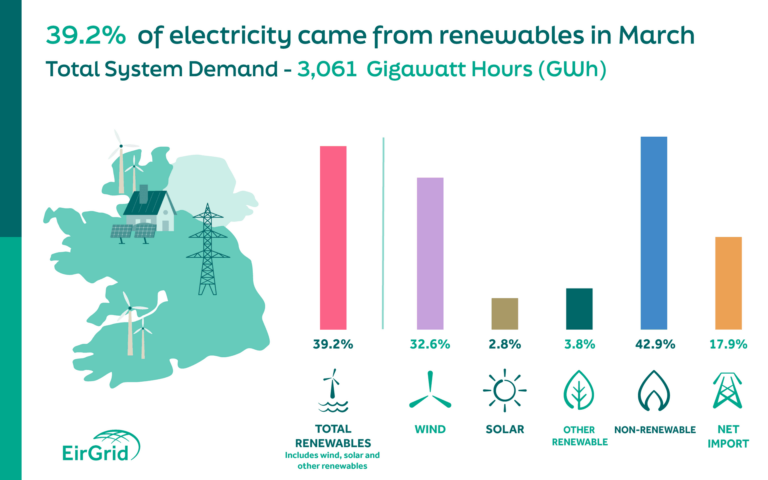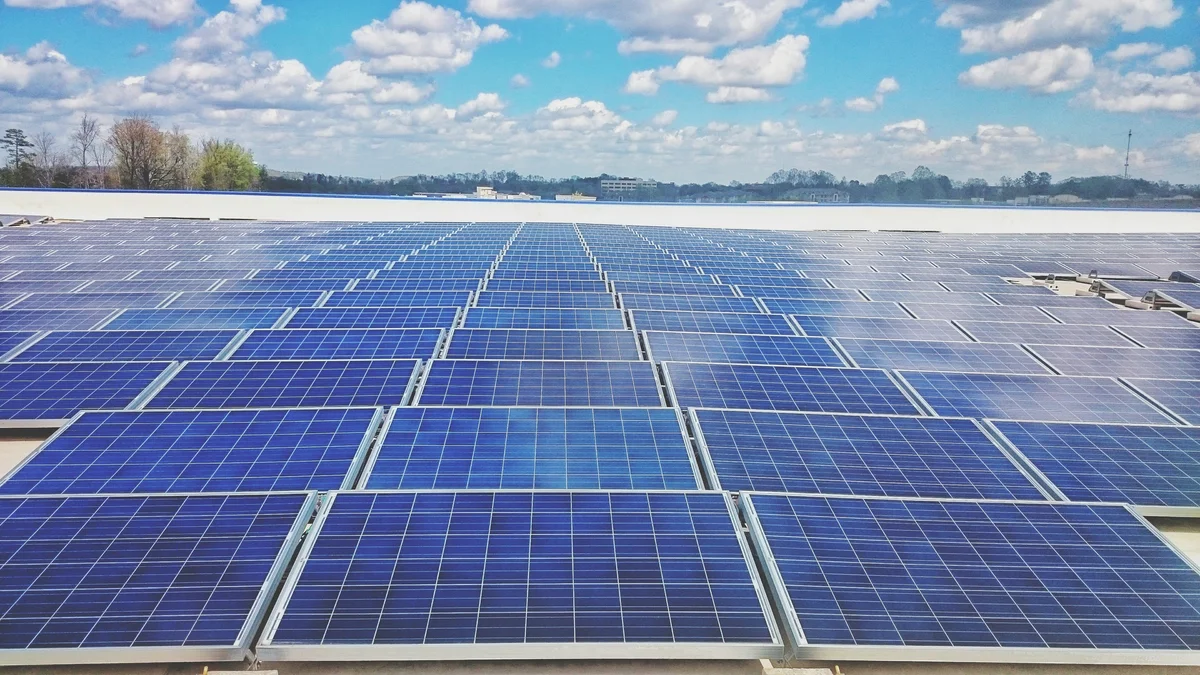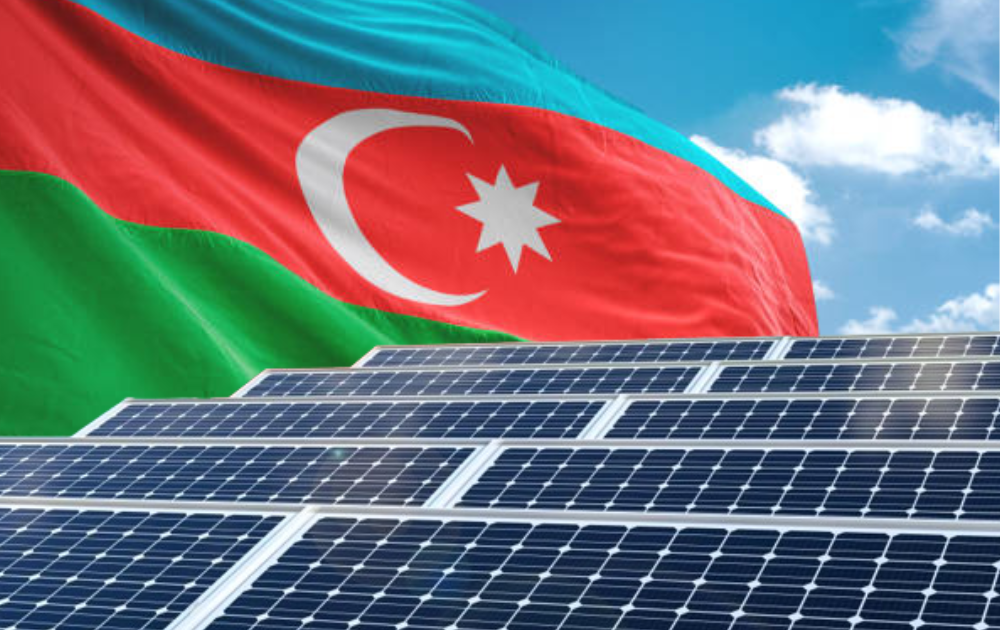A spell of sunny weather in Ireland in March led to solar generation smashing records.
Most notably, March 25 saw a new all-time peak of more than 750 MW of grid-scale solar. This beat the previous record from July 2024 by 18 MW.
The entire month of March saw the third highest-ever amount of solar-powered electricity produced during a calendar month. This excludes rooftop solar.
Solar accounted for 2.8% of the country’s total electricity generation during March.
“March was a landmark month for solar power on the electricity grid,” said Charlie McGee, system operational manager at Ireland’s grid operator, EirGrid.
Further generation increases may be observed over the next few months. “While just under 3% of total electricity generation came from solar for the month, during particularly sunny periods this peaked at over 18% which augurs well for further records this summer,” he said.
“March’s solar output shows Ireland’s solar sector is no longer in its infancy,” said Conall Bolger of the Irish Solar Energy Association (ISEA).
“With utility-scale generation regularly topping 700 MW, solar has become the third largest source of electricity in key months. That’s a transformational shift in just three years. And that’s before you consider the impact of onsite solar in reducing electricity demand. As more capacity connects and homes and businesses go solar, we expect this to be the norm rather than the exception. It’s a clear signal that solar is ready to do much more – if we remove the remaining barriers,” he added.
Solar was not the only recent record breaker, however. On March 14, the highest-ever level of discharge from grid-scale battery power sources was recorded – at 300 MW. According to McGee, the solar peak in March and an earlier wind power record from February show the need for reliable battery storage so the system can hold renewable electricity in reserve for use during periods of high demand.
For March, electricity system demand stood at 3,061 GWh. Overall, 39% of electricity came from renewable sources during the month – less than half the 80% that Ireland’s latest Climate Action Plan, updated April 15, is targeting for 2030.
Gas was the biggest source of electricity generation at 39%, while just under 18% of demand was met by electricity imported via interconnection.
Grid reform is a major focus for EirGrid and this will continue under the latest climate action plan. On April 10, the company announced a €1 billion ($1.14 billion) procurement program for works related to the delivery of an offshore electricity grid. The strategy will look at operations and maintenance works to connect offshore renewable generation to the onshore grid.
EirGrid is also making progress on two big interconnector projects. The Greenlink Interconnector with the UK, has just begun operating as of April 16, while the Celtic Interconnector, linking France and Ireland is due in approximately 2027.
These grid reforms are very necessary to extract the benefits from renewable generation and enable the mixing of renewable and non-renewable sources to meet electricity demand. At 75%, Ireland currently has one of the highest limits in the world for system non-synchronous penetration (SNSP).
The March data published by EirGrid is provisional, unmetered and based on real-time information derived from 15-minute SCADA readings in megawatts.









